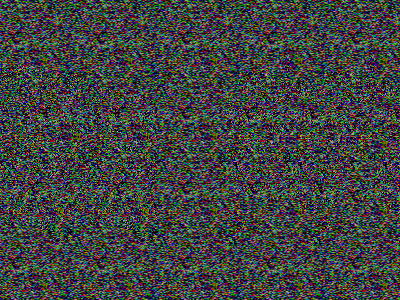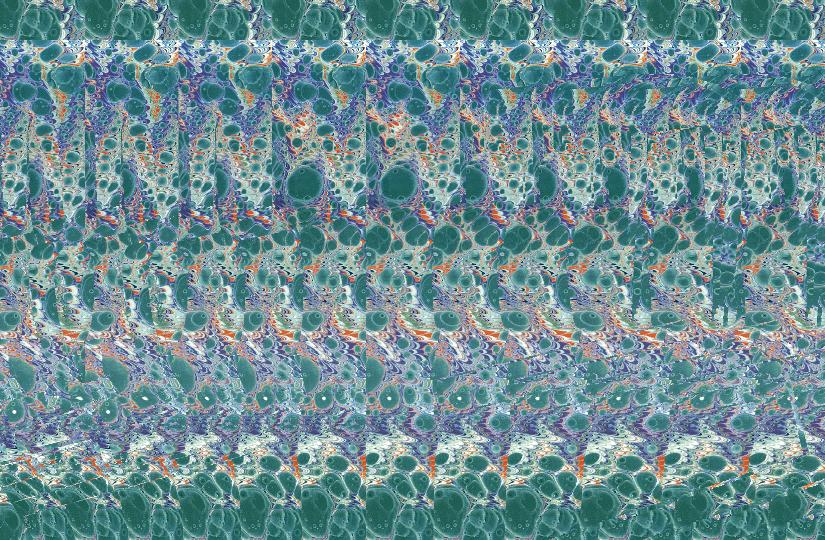


A peripheral cue preceding two line stimuli was used to direct exogenous attention to either location of the two lines. Here, we used an experimental paradigm adapted from Gobell and Carrasco (Psychological Science, 16, 644–651, 2005) to investigate this question. In other words, an attended stimulus with zero-disparity or even uncrossed-disparity may evoke neural response similar to that which would be observed for a stimulus with crosseddisparity in the absence of attention.Īlthough spatial attention has been found to alter the subjective appearance of visual stimuli in several perceptual dimensions, no research has explored whether exogenous spatial attention can affect depth perception, which is a fundamental dimension in perception that allows us to effectively interact with the environment. Similar to the attentional effect on spatial frequency, because physiological evidence found that there are neurons in V4 that respond both for binocular disparity and spatial frequency, and their tuning are correlated (Kumano, Tanabe, & Fujita, 2008), attention may directly change the pattern of neuron activity by shifting the disparity-tuning curve towards a crossed direction. Consistent with this hypothesis, behavioral findings showing that attention can affect spatial resolution (Carrasco & Barbot, 2015 Yeshurun & Carrasco, 1998) as well as perceived spatial dimensions Anton-Erxleben, Henrich, & Treue, 2007 Gobell & Carrasco, 2005 Kirsch et al., 2018 also see the review by Carrasco & Barbot, 2019) have been linked to preferential enhancement of neurons tuned to higher spatial frequency at the attended location (Barbot, 2016 Barbot & Carrasco, 2017 Carrasco, Loula & Ho, 2006 also, see the review by Anton-Erxleben & Carrasco, 2013). This survey provides a general overview of classical algorithms and recent progresses in the field of perceptual image quality assessment. Third, the performances of the state-of-the-art quality measures for visual signals are compared with an introduction of the evaluation protocols. Second, the objective image quality assessment measures are classified and reviewed according to the applications and the methodologies utilized in the quality measures. Specifically, the frequently used subjective image quality assessment databases are first reviewed, as they serve as the validation set for the objective measures. In this survey, we give an up-to-date and comprehensive review of these studies. A large number of subjective and objective visual quality assessment studies have been conducted during recent years. Quality assessment for visual signals can be performed subjectively and objectively, and objective quality assessment is usually preferred owing to its high efficiency and easy deployment. Perceptual quality assessment plays a vital role in the visual communication systems owing to the existence of quality degradations introduced in various stages of visual signal acquisition, compression, transmission and display. In each spectrum, the origin represents the DC component, and the horizontal and vertical lines denote the spatial frequency in horizontal and vertical directions (f x and f y ), respectively. The spatial frequency band increases from left to right. B: filtered noise images, each contain a different spatial frequency band (top), and corresponding 2-D power spectra (bottom). The binocularly corresponding dots (with an opposite contrast) in the center disk of the RDS generate a small uncrossed ("far") disparity, but a cyclopean surface cannot be perceived. Middle and right: images thus form an anticorrelated RDS. Right: image has a center region the luminance contrast of which is inverted relative to the leftmost one. Parallel-eyed fusion evokes a perception of a center disk floating over a surrounding annulus. Left and middle: images form a stereo pair of a correlated RDS with a small crossed ("near") disparity. A: random-dot stereogram (RDS) of a centersurround configuration.


 0 kommentar(er)
0 kommentar(er)
